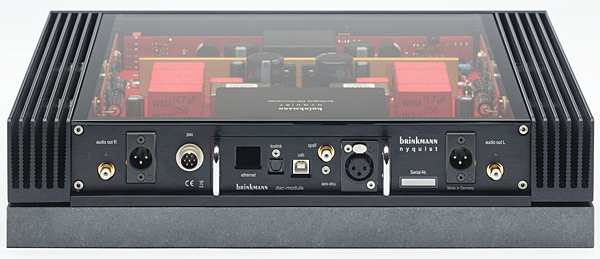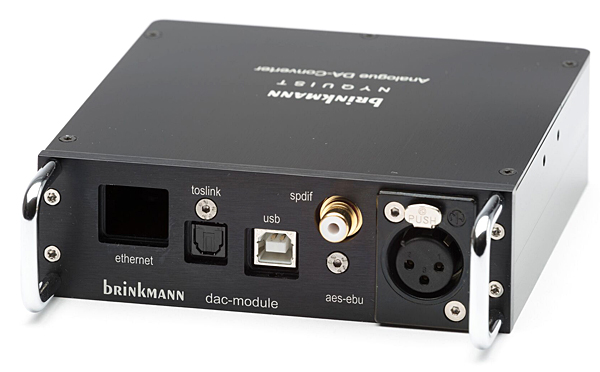| Columns Retired Columns & Blogs |
So it turns out after a couple decades, the the missing ingredients that made unmusical digital so cold, harsh and sterile were:
Low frequency distortion and random noise added at playback and then a nice little dose of High frequency anharmonic aliasing distortion "fold"/embedded into the audio band during the encoding stage.
Cool ;-).











































